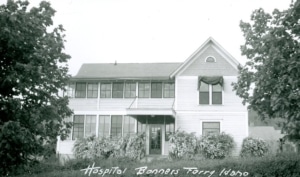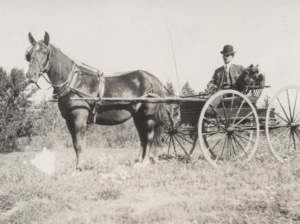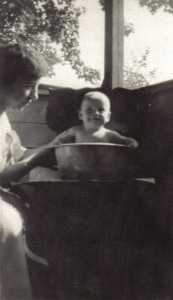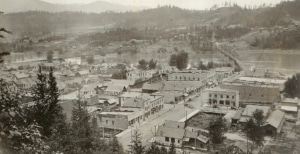You Can’t Spread It If You Can’t Catch It
By: Chinna McKechnie, RN
Infection Prevention Director at Boundary Community Hospital
Millions of lives are saved each year with modern medicine. Yet millions still die. In the 16th century 30% of children died before the age of 15 from measles, diphtheria, or whooping cough. The 17th century saw the death of nearly 80% of the American Native population from smallpox and measles brought from the European settlers. In the 1900’s Influenza and pneumonia were the number one killers. These diseases are prevented today with vaccines.
Vaccines save lives:
In 1796, British surgeon Edward Jenner invented the smallpox vaccine, the world’s first vaccine against any disease. Widespread roll out of Jenner’s vaccine across Europe and North America saw that small pox was almost completely eliminated by the first half of the 20th century. Efforts were intensified in 1966 to the rest of the world and finally, by 1977, the last known case was identified in Somalia. A disease that once caused millions of deaths around the world simply does not exist anymore.
Measles vaccine was developed in 1963 and the illness went from 400,000 cases in the United States each year to 25,000 in 1970. In 2000 when international distributions of measles vaccine were rolled out, the numbers went from 600,000 cases in 2000 to 122,000 cases in 2012.
Herd Immunity:
There is a concept called Herd Immunity. It works when there is enough people vaccinated against a disease, then even those unable to get the vaccine are protected. You protect others by protecting yourself. Smallpox is proof that Herd Immunity works. Smallpox is the only disease that has been eradicated so far but it’s entirely possible to eradicate all of the nearly 30 diseases that have vaccinations including Ebola.
In 1918 the Pandemic flu that hit worldwide affected even our rural neighborhood. It infected an estimated 500 million people worldwide and killed nearly 675,000 in US alone.
According to the Idaho Health and Welfare “Rural Idaho suffered terribly from the 1918 Spanish Flu pandemic. The mortality rate was nearly 50% in Paris, Idaho. Quarantines had no real impact on the spread of the disease. While influenza rates lessened during the late fall, it was not until the summer of 1919 that the disease began to disappear from the state. In Idaho, out of a reported Native American population of 4,208 there were 650 influenza cases and 75 deaths (case mortality of 11.5%).”
The flu vaccine was developed in 1938 by Jonas Salk and Thomas Francis. It was first given to the U. S. military forces to protect the soldiers during World War II. With Herd Immunity we may avoid another Pandemic.
Do more for your community:
Vaccine-prevented diseases are making a comeback. Individuals can be more vulnerable when everyone is not immune. Many healthcare facilities now make it mandatory for their employees to get the annual flu vaccine. They do it to protect you. Do what you can to protect your community.
- Get your flu vaccine.
- Wash your hands.
- Stay home when you are sick.
- Get your child up to date on their vaccines.
Remember, you can’t spread it if you can’t catch it.
1918 Influenza Pandemic in Bonners Ferry
Photos provided by the Boundary County Museum
The Dawson home, which Dr. Fry purchased in 1918 to use as a hospital, just in time for the outbreak.
(Present site of the Restorium across the street from Boundary Community Hospital.)
Dr. Ezra Esher Fry sitting in his horse drawn buggy. The horse’s name is “Duke.” His dog is named “Scrap”. In October 1918, Dr. Fry received a notice from the Idaho Board of Health directing him to inform the village trustees “that because of Spanish influenza all public assemblages and places of amusement excepting private and public schools be prohibited from operation on and after Thursday, October 10, until further notice.”
Nurse Agnes Chadwick giving a bath to a baby in a small wash tub. Her specialty was child care and vaccinations.
Bonners Ferry, Idaho in 1918
From the Bonners Ferry Herald October 18, 1918 – “Dr. (E. E.) Fry immediately notified S. E. Henry, chairman of the board of village trustees and Mr. Henry issued an order in compliance with the instructions of the state health board. Consequently the Amazon Theater is now closed, there were no church services Sunday and the pool rooms are closed except for the sale of tobacco, candies, etc. No loitering in these places of business are permitted. The school trustees of Independent School District No. 4 on Wednesday night decided that the schools of the district should be closed until the danger of an epidemic is passed.”




